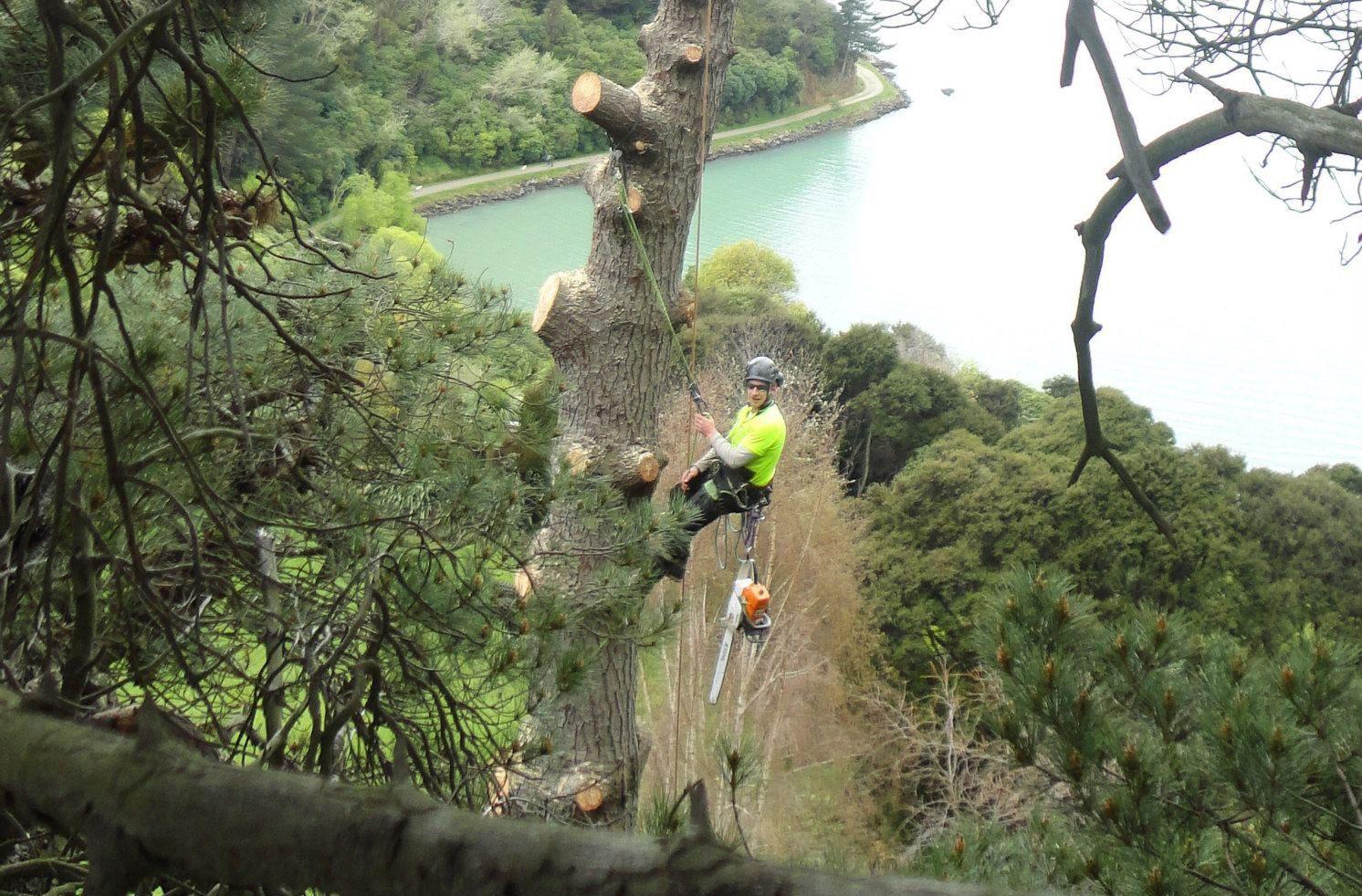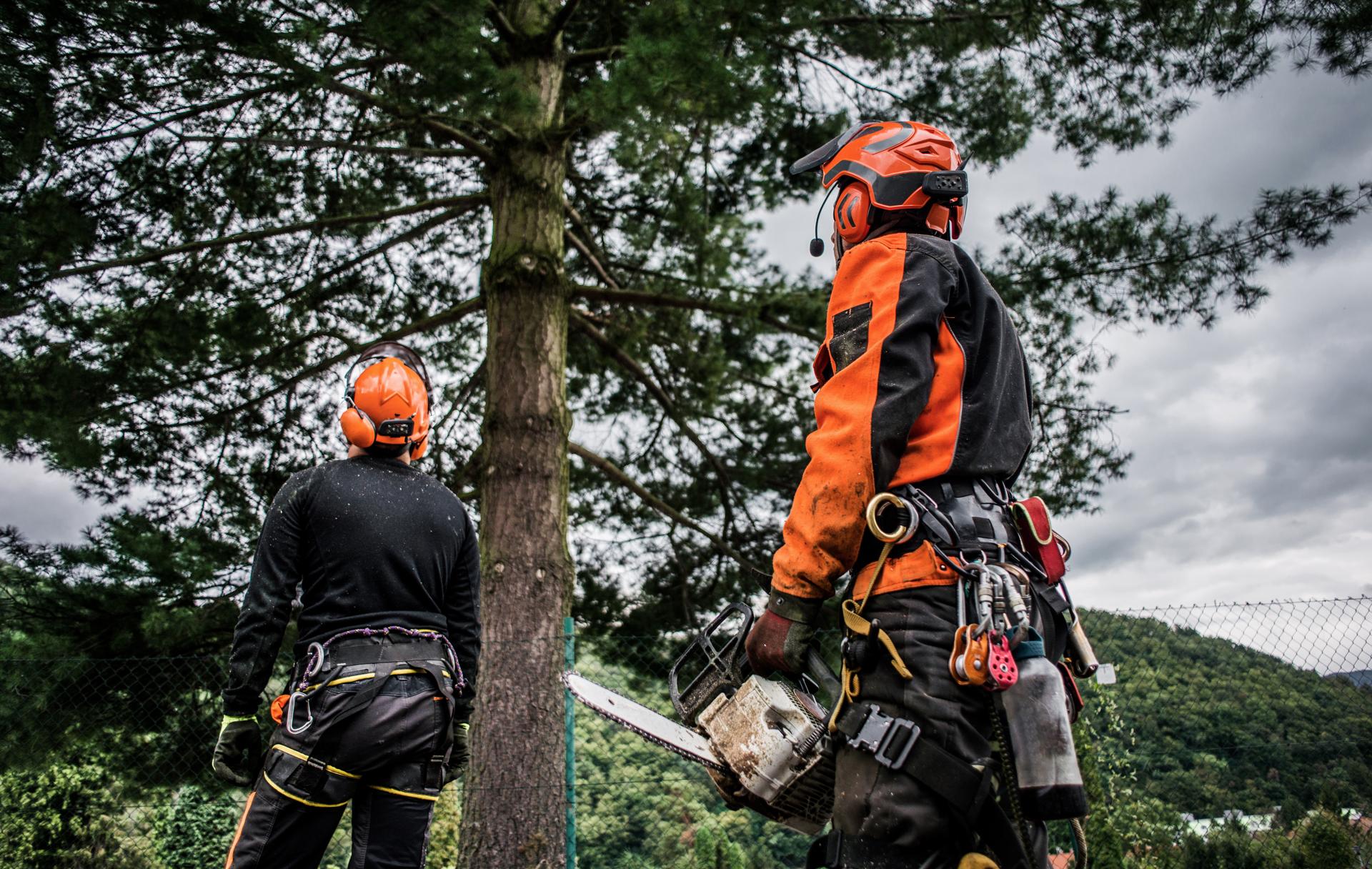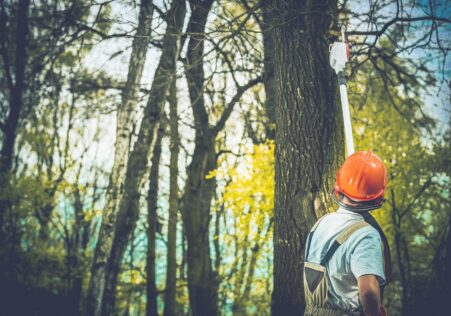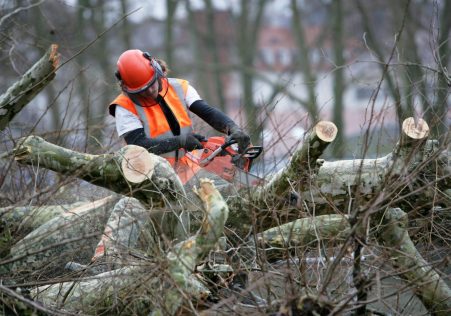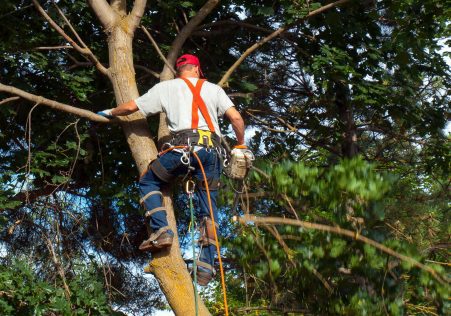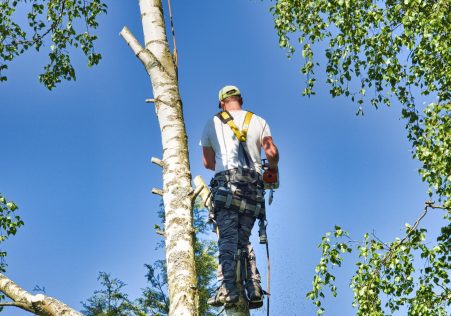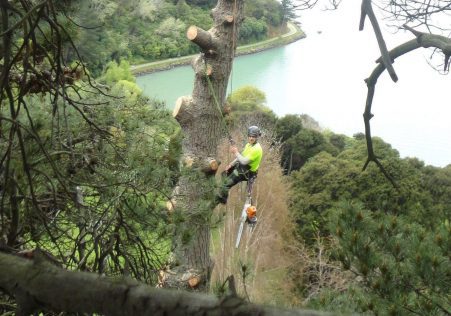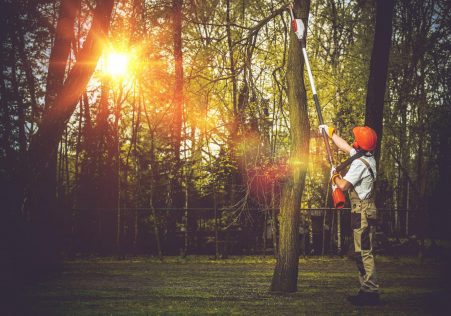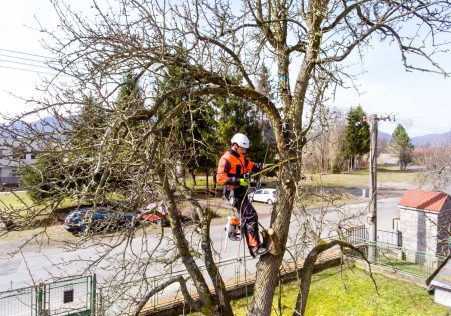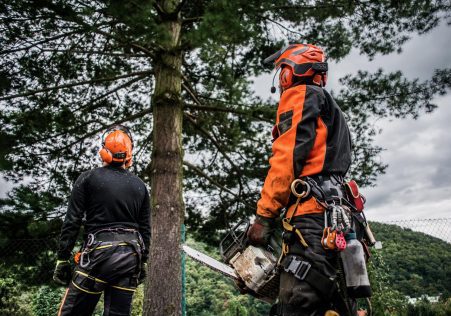Tree Cutting 101: Ways to Determine When to Cut Down a Tree
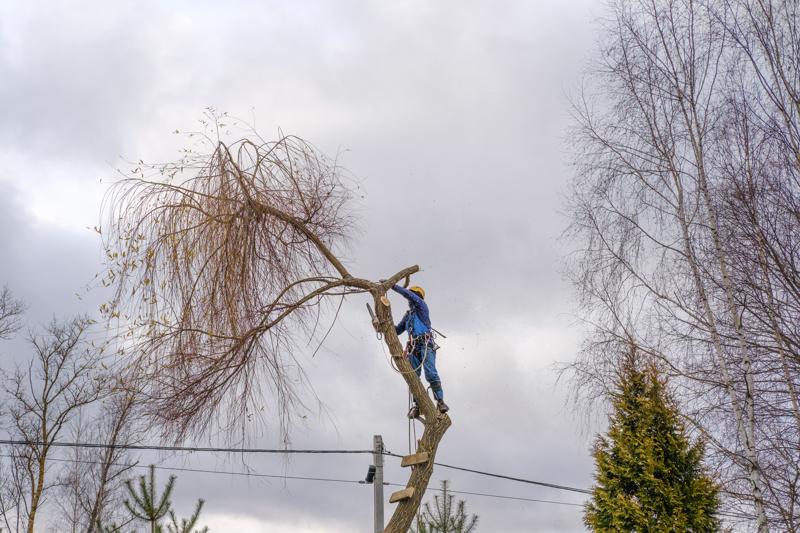
Tree removal is a complex and potentially hazardous task. If a tree is dead or diseased or is at risk from falling down, then it may require removal in order to protect the property and to ensure safety. How do you know whether a tree should be cut down? This article will guide you through the warning signs to look out for and help you determine when it’s time to call experts.
Dead or dying trees
One of the obvious signs that a tree needs to be removed is if it is dead or dying. Dead trees lack leaves and may appear lifeless. If a tree doesn’t have leaves or signs of growth, it’s probably dead. Additionally, the bark of dead trees may be dry, cracked, or peeling.
Trees that are diseased
The trees that are sick can pose a threat to other trees and plants within the vicinity. The most common signs of disease on trees are the appearance of yellowing leaves, wilted branches, and mushrooms growing at the base or the trunk. If you think your tree might be suffering from disease It is essential to have it examined by an arborist who is a professional.
Leaning Trees
Trees that are leaning to one side can indicate of a failing root structure and the tree may be in danger of falling. To identify if a leaning tree is a danger, look for cracks or breaks within the trunk and examine the soil at the tree’s base. If you notice any of these signs it is recommended to examine the tree by an arborist.
Overhanging Branches
Overhanging branches of trees which are located close to buildings or power lines could pose a threat to safety and property. If you have concerns regarding branches that hang overhanging It is recommended to have the tree evaluated by an arborist who will determine whether removal or pruning is needed.
FAQs
How can I tell whether a tree is dead?
The tree will be considered dead if it is without leaves and shows no indication of growth. In addition, the bark of dead trees can be dry, cracked, or peeling.
What are the symptoms of a diseased tree?
Common signs of disease on trees include yellowing leaves, wilted branches, and mushroom growth at the bottom of the tree.
Is it safe to remove the tree by yourself?
Tree removal can be a complicated and dangerous task. It’s best to delegate it to the experts to protect you and your family members.
Conclusion
When you’re dealing with tree removal, it’s crucial to be aware of the signs that a tree requires to be cut down. If you are aware of signs of dead or dying trees, sick trees, leaning trees, and overhanging branches You can take action to protect your property as well as those around you. If you believe that there is a tree in your yard that requires removal, don’t hesitate to reach out to Penrith Tree Pruning for a professional review. Our arborists with years of experience have the expertise and tools to handle all your tree removal needs. Don’t risk your safety. If you suspect that a tree on your property must be removed, contact Penrith Tree Pruning today for a professional evaluation. Our arborists are experienced and will provide you with the peace of mind that comes from knowing your property is in safe hands. Call us today by dialing 0480 024 203 to schedule an appointment.

